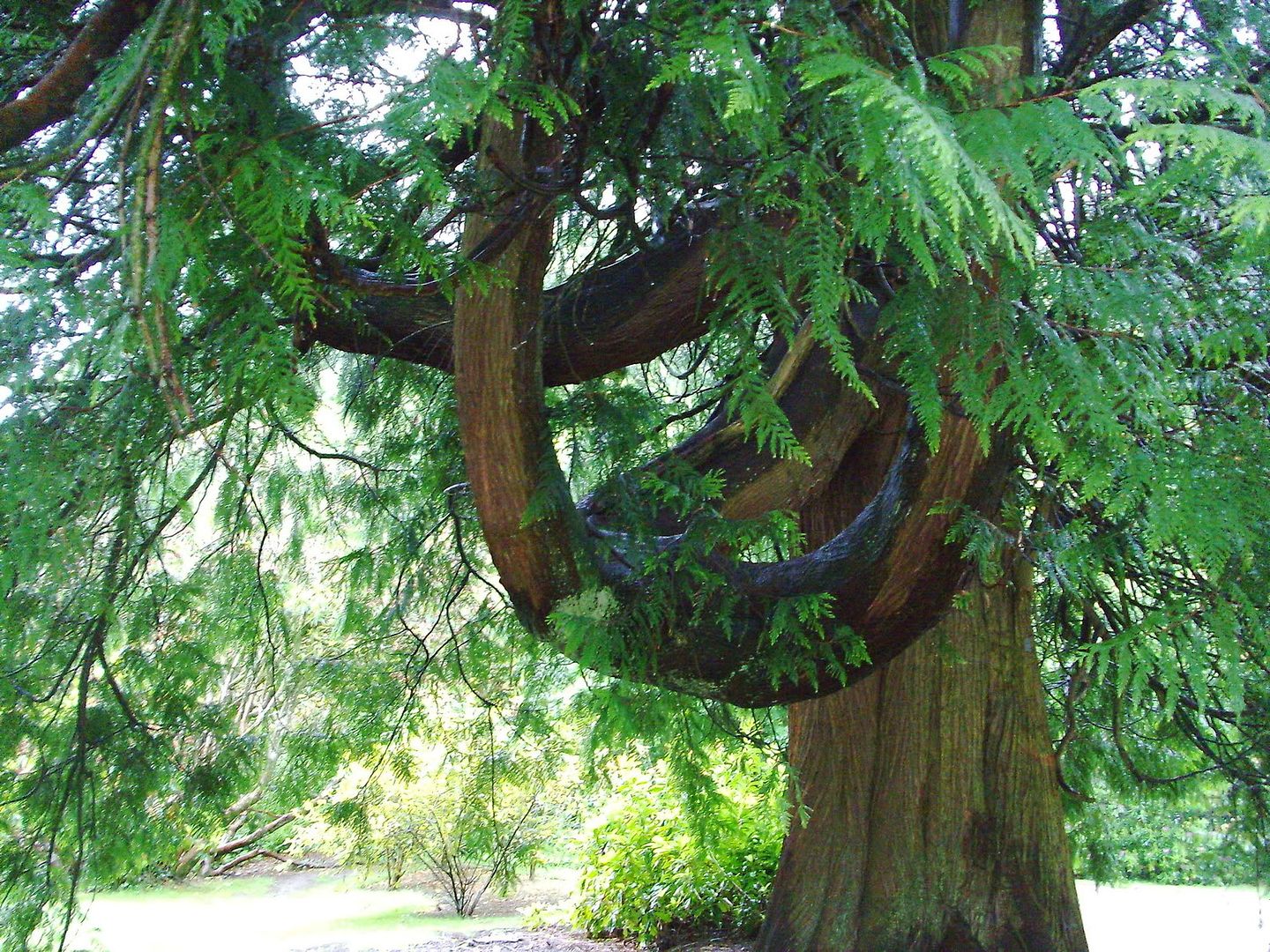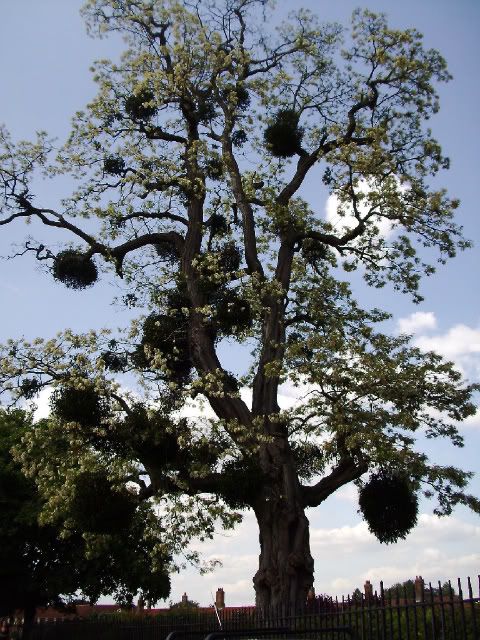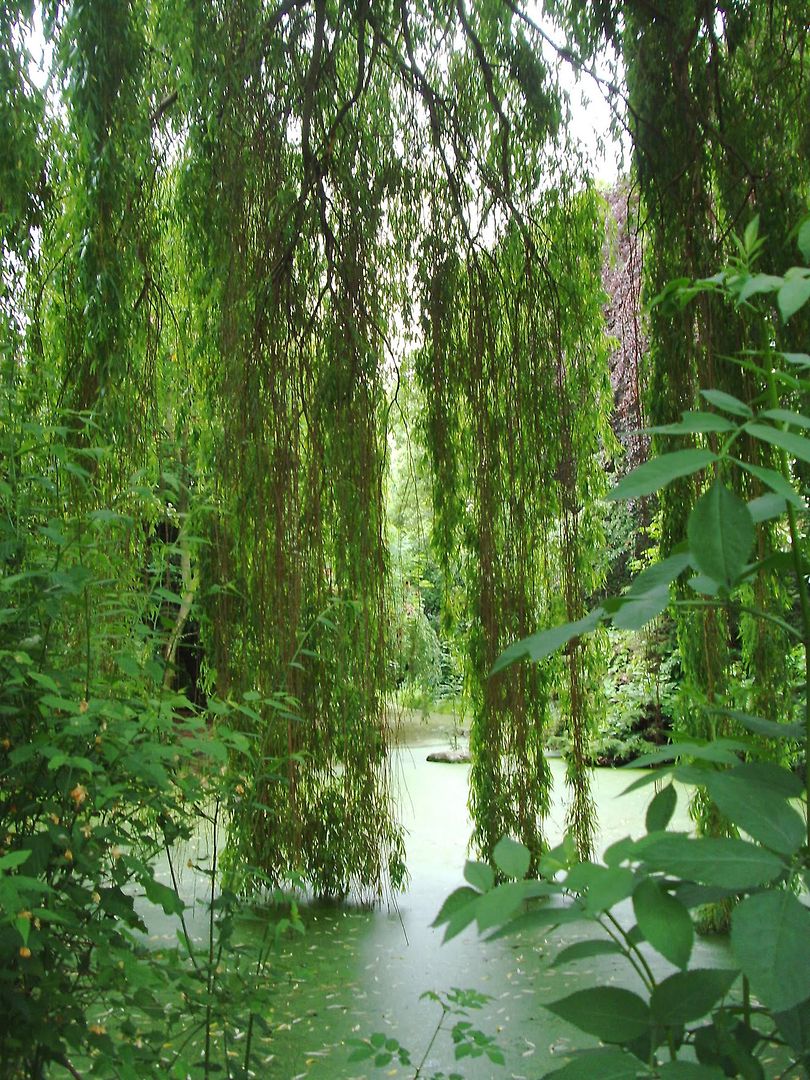by Teri Ong
I can’t believe I am finally getting to sit down and write something! It is the first time in two months. I feel like a preacher who has been out of the pulpit for enough weeks that his heart is about ready to burst for all the pent-up sermonizing. I have line after line in my journal of “blog ideas,” but have had no opportunity to bring any full-blown to the page (virtual though that page may be).
 Two weeks ago we took our daughter to be a junior counselor at a Christian camp up in the foothills west of Golden. We drove home the “long way ‘round.” We were looking for a picnic spot, but it was a little chilly and damp so we wanted to get to a little lower altitude and see if we could pick up a few degrees of outdoor comfort. At one point, Steve wheeled the car around and headed back up the hill. He had seen a perfect little evergreen tree growing on top of an enormous rock. “I thought if we didn’t get a picture of it, someday we’d wish we had,” he explained.
Two weeks ago we took our daughter to be a junior counselor at a Christian camp up in the foothills west of Golden. We drove home the “long way ‘round.” We were looking for a picnic spot, but it was a little chilly and damp so we wanted to get to a little lower altitude and see if we could pick up a few degrees of outdoor comfort. At one point, Steve wheeled the car around and headed back up the hill. He had seen a perfect little evergreen tree growing on top of an enormous rock. “I thought if we didn’t get a picture of it, someday we’d wish we had,” he explained.
What follows here was inspired by the tiny, perfect tree on the rock.
The essential function of a metaphor is to draw our attention to a point of comparison between two dissimilar things. The point or points of comparison help us have a fuller understanding or appreciation for one or both of the things being compared. Often we are to move in our understanding from the concrete to the abstract– from the material to the immaterial or spiritual. By God’s design, much– I would daresay most, if not all– of what we see and experience in life is metaphoric in relation to the eternal and the spiritual. (Hebrews 8:5)
For example, God created male and female to be made one in marriage. Two beings similar and compatible in some respects, yet dissimilar and incompatible in other respects, are brought together and grow in likeness and oneness. This material reality helps us understand how God and man (made in God’s image though fallen)– similar but dissimilar– can be brought together in union by the blood of Christ.
incompatible in other respects, are brought together and grow in likeness and oneness. This material reality helps us understand how God and man (made in God’s image though fallen)– similar but dissimilar– can be brought together in union by the blood of Christ.
 Two poetic metaphors given by God through the Scripture writers are the tree planted by the waters (Psalm 1:1-3) and the house built on a rock (Matthew 7:24-27).
Two poetic metaphors given by God through the Scripture writers are the tree planted by the waters (Psalm 1:1-3) and the house built on a rock (Matthew 7:24-27).
When analyzing a poetic expression of any kind, especially a metaphor, the reader needs to ask, “What points of comparison exist between the poetic form or expression and the reality or truth the poet wants me to think about?” In the example of the tree by the waters, we should think about the abundant growth and fruitfulness that come when the tree sinks its roots deep in the fertile soil and plentiful moisture of the river bank. Spiritually we flourish when we draw deep sustenance from meditating on God’s Word. In the example of the house on a rock, Jesus wants us to think about and understand the solidity and unchangeableness of His Word and the resulting stability of life that comes from being “doers of the Word and not hearers only.” (James 1:22)
Too often, however, we want to mix God’s metaphors. We want to be like the tiny tree on the great big rock, depending on our own scant resources and barely clinging to life. When we could be trees planted in the courts of God, fat, full of sap, and bearing fruit in old age (Psalm 92:12-14), we instead have a false sense of our own security. “When I was secure,” David said, “I said, ‘I will not be shaken.’” (Psalm 30:6) But all God has to do is hide His face, and we will be terrified. (Psalm 30:7)
hide His face, and we will be terrified. (Psalm 30:7)
If we get the point of God’s inspired comparisons, we will know it is better to build houses on the Rock of God’s Word and grow trees by the water. We won’t try to mix the metaphors in our own wisdom.
“Trust in the Lord with all your heart, and do not rely on your own understanding; think about Him in all your ways, and He will guide you on the right paths. Don’t consider yourself to be wise; fear the Lord and turn away from evil.” (Proverbs 3:5-7)
Photos:
The tree on the rock (the one with the rugged, independent western spirit) was taken in Colorado. The other photos were taken on our most recent trip to England. The big willow is on the Islington River Walk. The tree with the mistletoe is at Hampton Court. The trees with the interesting shapes are at Arlington House in Devon.
The following poem has no metaphoric relationship to the previous discussion. I wrote it just for fun. If it has any particular metaphysical meaning, I would say it speaks of how quickly life changes.
The Tree in the Yard
To winter I’ve waved and said good-bye,
But the tree in the yard, the signpost of spring,
Is a skeletal form against a gray sky.
So I look and I long, but no hope it gives:
It’s stiff and it’s black with the frost of death,
And I wonder aloud, “Can these dry bones live?”
Sky cries some sad tears and sun peaks from its place:
I look once, look again, and see the old tree
Immodestly dressed in electric green lace,
Then clad in green silk like a summer bride’s maid.
One moment it seems I am planted in full sun:
I blink, then I see I am parked in the shade.
Teri Ong – May 2011